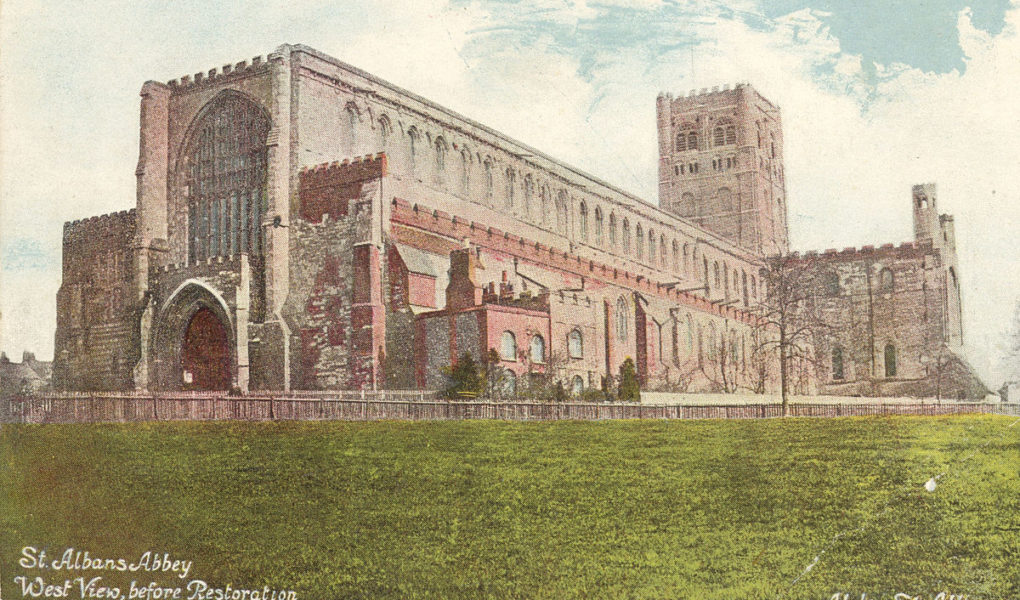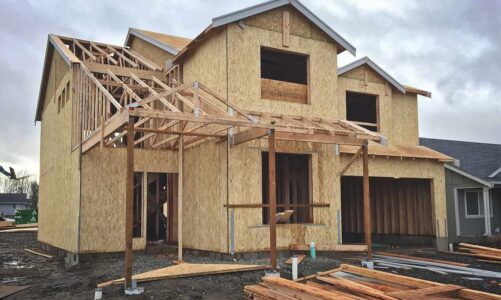The early years, especially the 18th and 19th centuries, witnessed the conceptualisation, design, and execution of several buildings. These buildings are what we call “old buildings” today. The rich architectural culture during this period meant numerous architects put in the work to create designs and buildings that would outlast them. However, there was an almost non-existent culture of maintenance until the mid-19th century.
In the mid-19th century, stakeholders in the architectural industry realised the need to preserve these old edifices, having witnessed their gradual degradation over time. But before then, there were three major theories on restoration, each offered by renowned architects of this period.
This article discusses these theories while touching on the lives and achievements of the architects that propounded them.
3 Restoration Theories of the Early Years
Theory #1 – Recovery of the Pristine Form by Eugene Viollet-le-Duc
Eugene Viollet-le-Duc (1814-1879) was the inventor of the modern restoration theory, both the practice and theory. His theory, which was the first, established the concept of stylistic restoration. He maintained that restoring a building to its original condition is possible – just as it was after its completion while prioritising its formal unity and style. More than recovering the ideal form, Viollet-le-Duc also considered removing any new details from the existing building, provided such additions do not conserve the pristine state. So, for him, restoration is not limited to maintaining, repairing, or renovating an existing building; it must also include its re-establishment to a finished state, which may, in fact, never have actually existed at any given time.
Viollet-le-Duc based his position on the scientific theories of the time, particularly palaeontology and anatomy. Applying this theory, he designed flawless typological models and linked them to historical and political values before using them in the works in view. This involved imagining places and buildings as they existed in their early days to reproduce them in their primitive state. There must be rational yet vital harmony between the form and function of the recovered versions of the buildings to ensure they are suitable for present-day use.
Aside from providing one of the most important architectural theories ever, Viollet-le-Duc had an impressive career as an architectural historian, theorist, and individual. Despite his excellent works, Viollet-le-Duc’s critics were vocal against his supposed distortion of history and undertaking works that were not authentic. The French Gothic Revival architect is behind major restoration projects in France, including the La Sainte-Chapelle and the Cathedral of Notre Dame in Paris. Others include the abbey churches of Madeleine in Vézelay, St. Denis in Avignon, and the cathedrals of Amiens and Rheims.
As an author, he produced over thirty influential volumes with clear illustrations, engravings, and woodcuts from his personal drawings. The critic Montgomery Schuyler described his books as having “the strongest influence on this generation of readers.” Outside France, Viollet-le-Duc contributed to various architectural works in Rome, Sicily, Naples, Venice, England, and Central America.
Theory #2 – Buildings Live and Die by John Ruskin
John Ruskin (1819-1900) authored the famous “The Seven Lamps of Architecture” in 1849. In the sixth chapter of the book, titled ‘The Lamp of Memory,’ he described the restoration as “the most total destruction which a building can suffer,” calling it “as impossible as to raise the dead, to restore anything that has ever been great or beautiful in architecture.” Ruskin was also vocal about the need for heritage architects to defend and preserve historical authenticity rather than intervening. He likened the life of a building to that of humans. A human is born, he lives and then dies, the same way a building is erected; it lives and then dies.
While Ruskin compared buildings to humans, he also believed that any building on its last legs should be put down. However, it must be done in all honesty. It is permissible to ‘throw the stones (of the demolished building) into neglected corners, make ballast of them, or mortar if you will; but do it honestly, and do not set up a lie in their place.’ This excerpt from the same book mentioned in the previous paragraph resonates with Ruskin’s belief that the best way to preserve a building is to conserve rather than restore it.
For Ruskin, preservation is the only acceptable treatment of old buildings. But if a historic building has outlived its present use, it is better to raise another building entirely rather than alter or improve the existing building to meet the current needs. Restoration, in this case, will translate to destruction, considering it only brings imitations. Attempting to infuse modern art into historic edifices makes them lose their whole essence. Instead, these ancient buildings should be treated as monuments of a bygone art.
Away from championing historic preservation in architecture, Ruskin lived as one of the most impassioned English social reformers to date. He is also considered one of the most prolific architectural authors of the 19th century, with most of his works adopting a mix of poetic and architectural themes.
Theory #3 – Scientific Restoration by Camilo Boito
Camilo Boito (1836-1914) is an Italian architect, professor, scholar, critic, and restorer. He provided the third restoration theory on our list—a theory that championed a modern and scientific approach to architectural conservation in Europe. His theory rejects the dualism between the stylistic restoration theory of Viollet-Le-Duc and the pure conservation theory of Ruskin. Boito argued against the strict adherence to either perspective while proposing an approach that combines some aspects from both schools of thought. That is why most texts describe the scientific restoration theory of Boito as somewhere between the positions of stylistic restoration or anti-restoration as proposed by Viollet-le-Duc and John Ruskin, respectively.
Boito expressly prioritised conservation over reconstruction while advocating for the co-existence of various architectural patterns. He also clearly separated both the ancient and modern addition, ensuring the proper preservation and zero distortion of history. Boito believed that any intervention – whether conservation or restoration – is only based on value judgements. Therefore, he advocated an unbiased philological approach to the issue of restoration and conservation, differentiating the layers of intervention and presenting the historical structuring of buildings in their material authenticity.
Boito opined that while it is necessary to do the impossible (restoration), it is also essential to do all that is possible to conserve a monument in its ancient artistic and picturesque aspect. However, if completions are indispensable and additions are unavoidable, they must show not to be ancient works but contemporary works. According to him, a monument loses all or almost all of its importance when the scholar can reasonably doubt that the restoration has more or less altered its forms or added forms that seem original, which is ultimately another way of altering the antique.” Boito’s understanding of restoration interventions was influenced by the shifts in the perception of cultural heritage in Europe during the 1880s.
Despite being one of the founding figures of modern Italian conservation, most of Boito’s texts on conservation were in Italian and are yet to be translated into English. Some of his works include the restoration of the Gussoni-Franchetti palace on the Venetian Canal Grande in the 1880s. Boito also had a strong interest in arts and reported for years in Nuova antologia on visual arts, competitions, exhibitions and projects, touching on concepts like “surface of the monument” (superfcie), its “primary skin” (pelle di prima), “bark” (la buccia), and the creation of a “new facsimile” (Nuovo fac-simile).
These three restoration theories described above have served as the base for several other architectural views and ideas, especially on conservation and restoration.




